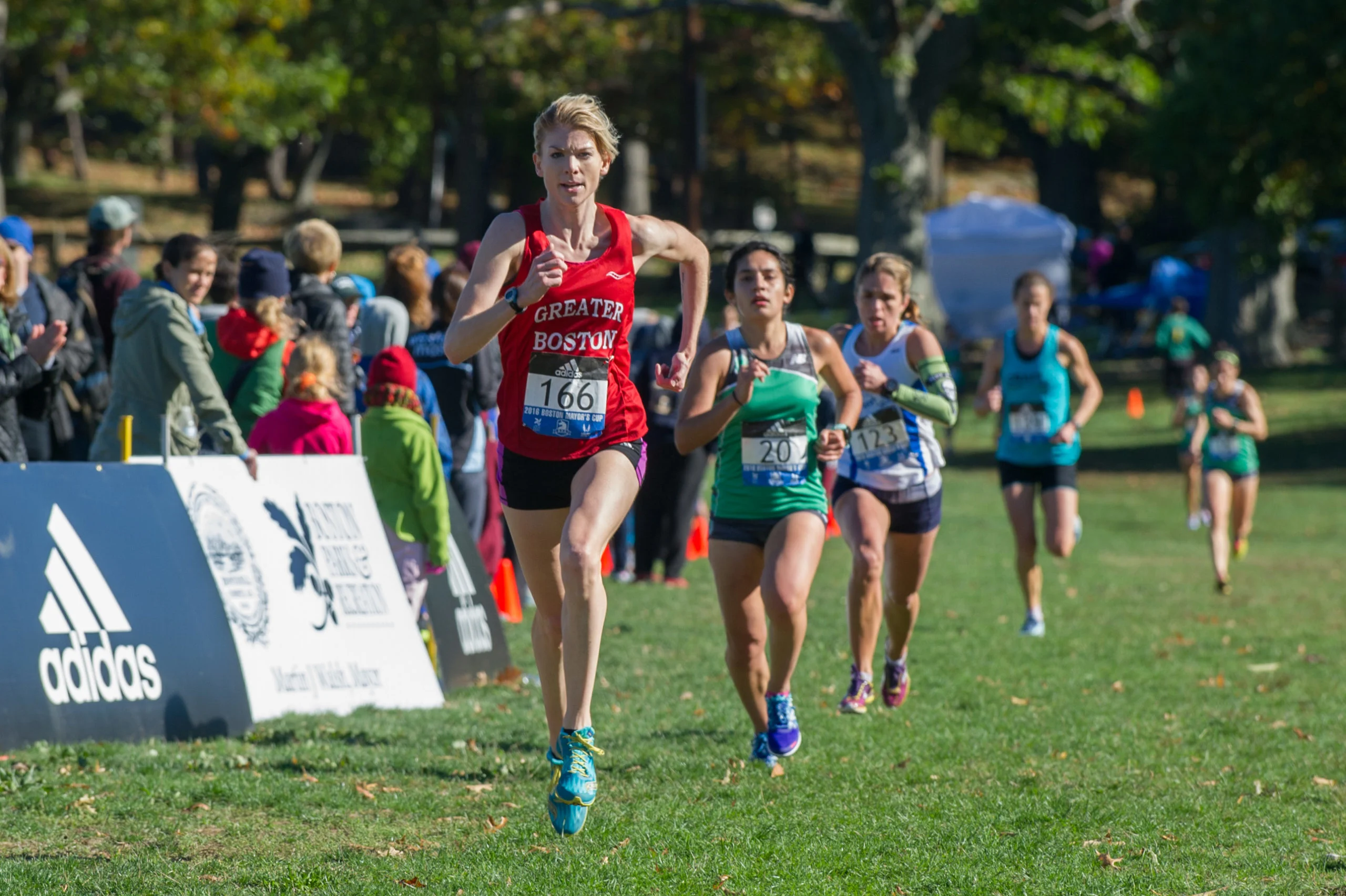Topics
- Article
To Be A Better Runner, Try Hitting The Breaks

Several months ago, I toed the 5000m starting line at the USA Track & Field Outdoor Club National Championships. It was my first time running on the cherished Franklin Field at UPenn, where hundreds of NCAA studs and Olympians had graced the bright red Mondo lanes before.
Leading up to my race, I remember feeling exhausted and almost nauseous. It wasn’t because I was sick, and it wasn’t because I was nervous. I didn’t know it at the time, but I was simply overtrained.
Two miles into the race, I completely hit a wall and called it quits. There was no point in pushing myself when I couldn’t even get within 15 seconds of my goal mile pace. I was crushed. After driving in a car with 4 other people for 7 hours, only to pathetically drop out of the most important race of the season, I decided that I needed to make major adjustments to my training plan.
To improve, this wasn’t a matter of getting a better coach. My coach is an Olympian in the 5k and a 3x World Championships qualifier. He coaches professional runners, and he sent 2 athletes to Rio this year. In short, he knows what he’s talking about when it comes to running. This was my own fault in a) not listening to my body’s signals throughout the season, and b) trying to beat my workouts in hopes of getting faster, quicker. The end result? I overtrained myself, and I was in denial about it.
There are a lot of factors that contribute to overtraining, and the symptoms vary from athlete to athlete. The term is loosely defined as the body’s inability to positively adapt to repeated exercise, which can lead to muscular, hormonal, and neurological imbalances that affect performance. In my case, I was trying to do too much too fast without giving my body proper time to recover. I held it together for a few months, but eventually my body just gave up, and every workout required more effort even though the workouts themselves were not harder. I constantly felt stressed, irritable, and tired. Oftentimes, I was nauseous after workouts.
At the time, I wasn’t monitoring my heart rate or prioritizing sleep. I knew these things were important, but I wasn’t concerned about my heart rate and I overestimated how much sleep I actually got. Had I been measuring my body’s metrics throughout my season, perhaps I would have noticed my elevated resting heart rate, and my numerous sleep disturbances that prohibited me from recovering properly.
The best advice I’ve ever received from a coach was this: “If you want to be a faster runner, go slower.” No, my coach wasn’t telling me to be lazy. Instead, he was telling me to be more methodical in my training, because smart runners prioritize recovery, and get faster by default.
Smart runners don’t try to beat the workouts their coach gives them. Smart runners don’t kill it on the warm up. Smart runners know exactly when to exert the most effort, and they do everything they can to optimize recovery.
On December 10th, 2016, I had the chance to redeem myself at the USATF Cross Country Club National Championships in Tallahassee, Florida. I had recently started my job with WHOOP as Marketing Communications Coordinator back in October, and I was already getting more insight into my heart rate variability, RHR, and Recovery patterns. With a little more wisdom under my belt from last season’s flop, and a lot more meticulous performance monitoring, I hit a PB (personal best) in the 6k on a cross country course with rolling hills.
What’s the moral of the story? High mileage and fast workouts won’t make you a better runner if you’re not listening to what your body is trying to tell you. This past season I was hyperaware of my body, making sure every day I was doing exactly what I needed to do to succeed. WHOOP helped me plan my VO2 Max days and notified me when my resting heart rate was slightly elevated, reminding me when to hold the reigns and slow down.
Indoor track starts soon, and I’m excited to see what PBs I can hit in 2017.